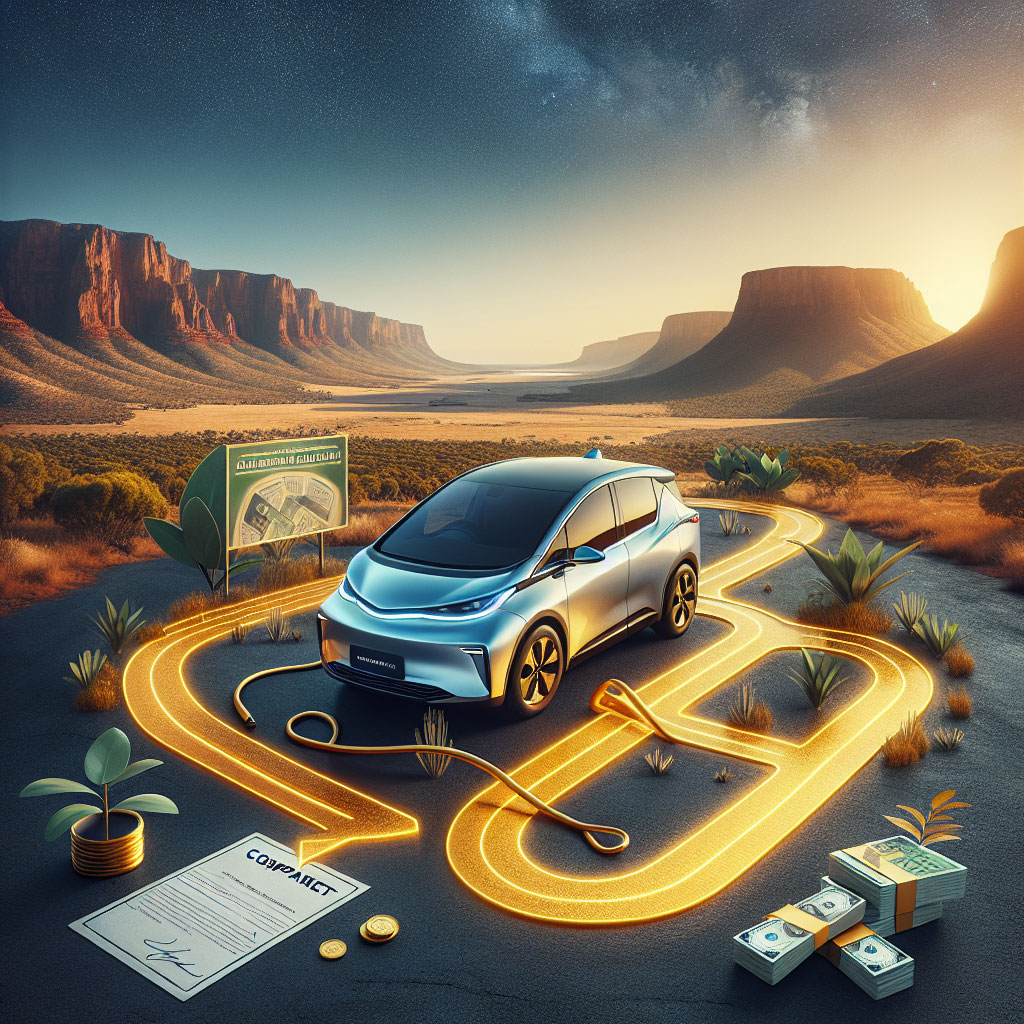
Australia’s electric-vehicle market is rapidly evolving. As we look towards late 2025 and into 2026, a mix of established brands and new entrants is reshaping choices for Australian buyers – from entry-level city runabouts to family SUVs. Below I summarise the most significant model arrivals, assess the current market landscape and policy context, and outline what buyers and industry watchers should expect over the next 18 months.
What’s arriving and when
Nissan Ariya
Nissan’s Ariya – a long-anticipated electric SUV – is slated to open for online orders in September 2025, with four variants planned and a reported starting price of $55,840 plus on-road costs. The Ariya marks Nissan’s renewed push in the mid‑size electric SUV space and aims to offer a blend of practicality and range that appeals to Australian families and urban commuters.
Honda’s first BEV for Australia
Honda has confirmed that its first battery-electric vehicle for the Australian market is due in 2026 as part of its global electrification roadmap. The arrival will form a key part of Honda’s transition from hybrid dominance to a broader BEV lineup in key markets, including Australia.
Deepal S05
A newcomer to watch, the Deepal S05 is positioned as an entry-level electric SUV expected to land in Australia in the third quarter of 2025. It is being pitched to compete with value-focused rivals such as the BYD Atto 3 and the Kia EV3, targeting buyers seeking SUV styling, modest range, and strong value for money.
Current market highlights
Affordability and value models
For buyers prioritising price in 2025, several affordable EVs are already on the market or increasingly available used: the BYD Dolphin, GWM Ora, and MG4 (notably the Excite 51 spec). These models are helping push electric mobility into mainstream reach, with some examples advertised from under $40,000 drive-away, although final pricing varies by dealer, state incentives and on-road costs.
Expanding model choice
Beyond the value segment, more models are being announced or scheduled to arrive – from established global brands expanding their BEV lineups to lesser-known Chinese and third-party manufacturers targeting price-sensitive buyers. The result is a widening choice for Australian consumers across price points and vehicle types.
Market trends and context
Sales patterns and short-term fluctuations
While one recent quarter showed a pullback in new EV registrations compared with the previous period, the broader trajectory remains upward. Short-term fluctuations can result from supply chain constraints, model availability timing, changing incentives, and seasonal purchasing patterns. Analysts caution against reading a single quarter as a full reversal of long-term demand trends.
Charging infrastructure and access
One of the key enablers of further EV uptake is the continued roll-out of charging infrastructure. Public and private investment in fast-charging networks along major highways and in urban centres is ongoing, with operators expanding coverage to address range anxiety and support longer trips. Home charging remains the primary daily solution for most owners; access to convenient, safe home installations will remain critical for adoption among new buyers.
Policy, incentives and industry direction
Australia’s pathway to widespread EV adoption is shaped by a mixture of federal proposals, state-level incentives and industry commitments. Governments and fleet purchasers are increasingly setting zero-emission targets for future vehicle procurement, while infrastructure funding and regulatory signals are aimed at accelerating supply. The exact timings and mechanisms of national targets continue to evolve, so buyers should keep an eye on state rebates, stamp-duty changes and fleet procurement announcements that can materially affect costs.
What to watch next
Model launches and local specifications
Pay attention to local specs and standard equipment: Australian-market variants sometimes differ from overseas models in range, drivetrain options and safety or convenience features. Waiting for local testing and independent reviews is sensible before committing.
Price transparency and drive-away deals
Advertised base prices may not include on-road costs, dealer delivery fees or optional packs. Drive-away pricing and inclusive incentive accounting provide a clearer comparison for consumers.
Used EV market and total cost of ownership
As early EVs enter their second-hand cycle, buyers will see more used options. Total cost of ownership – including fuel (electricity) savings, lower servicing costs for EVs and potential battery-degradation considerations – should factor into purchase decisions.
Competition and rapid product cycles
The market is becoming more competitive, particularly from Chinese manufacturers delivering aggressive pricing and technology content. Established OEMs will respond with refreshed models, new platforms and software-led features; for buyers, that means more choice but also faster refresh cycles.
Conclusion
The Australian EV market in late 2025 and 2026 will be defined by expanding choice, stronger competition and ongoing infrastructure build-out. Key model arrivals such as the Nissan Ariya, Honda’s first Australian BEV and the Deepal S05 broaden the options available to buyers. For consumers, the critical considerations remain local specifications, charging access and total ownership costs. Policy direction and state-level incentives will continue to influence uptake rates, and the coming 12-24 months will be telling for how quickly EVs move from early-adopter territory to the mainstream.
What incentives are available for EV buyers in Australia?
Incentives vary by state and territory and can include rebates, stamp-duty exemptions, and registration discounts. There is no single national incentive package; buyers should check their state government websites and local council programs for the latest offers.
How important is home charging compared with public chargers?
Home charging is the primary and most convenient option for the majority of owners for daily use. Public fast chargers are important for long-distance travel and for drivers without reliable home charging access. Ideally, homeowners install a dedicated AC home charger; public networks act as a complementary solution.
Are Chinese-made EVs reliable and worth considering?
Many Chinese-made EVs now offer competitive features, technology and pricing. Reliability varies by brand and model; prospective buyers should consult independent tests, local warranty terms, dealer support networks and owner reviews before purchasing.
Should I wait for new models coming in 2025-26 or buy now?
If you need a vehicle immediately, several solid, affordable EVs are already available. If your timeline is flexible and you want a specific upcoming model or features, waiting may be worthwhile. Consider total cost of ownership, current incentives, and whether upcoming models address current gaps that matter to you.
What should fleet managers consider when electrifying a fleet?
Fleets need to assess route profiles, depot charging infrastructure, total cost of ownership, vehicle downtime and maintenance capability. Early engagement with charging providers and gradual pilot programs can de-risk the transition.
About EV Evolution
EV Evolution is the leading online platform dedicated to Australian electric vehicle owners and enthusiasts. We foster a vibrant community, delivering essential EV news and insights, and enhancing user engagement through our innovative, AI-powered chatbot for dynamic discussions. Our mission is to empower Australian electric vehicle owners and enthusiasts by fostering a vibrant, AI-driven online community that connects, informs, and advances the nation’s electric vehicle landscape.




